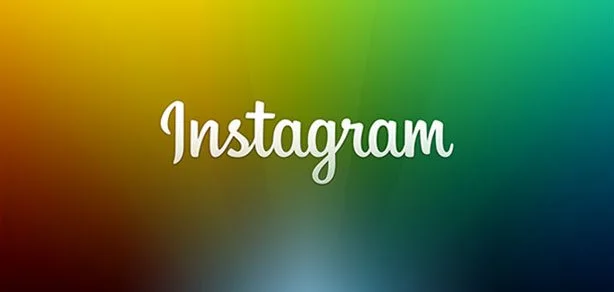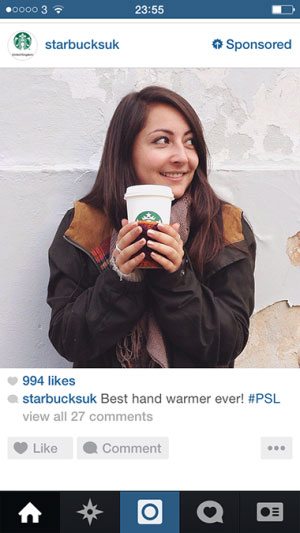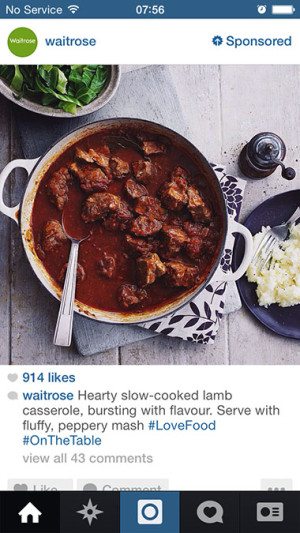Instagram Advertising for Brands and Marketers

Instagram advertising has arrived in the UK, finally rolling into action the plans to maximise the monetising capabilities of the app across English-speaking countries.

As expected, brands have rejoiced at another option to promote their products, users have expressed mixed feelings about seeing sponsored updates in their feeds and marketers are rolling up their sleeves in anticipation of their first advertising campaigns.
Only Instagram is not in a hurry to make the advertising platform available to everyone. As of yet only seven hand-picked brands have received permission to display sponsored posts to the Insta-community. Until more advertisers are given access, let’s have a closer look at the implications of this news for the digital marketing landscape.
Instagram is a rather unique platform on the social media scene. It is dedicated to encouraging its community (users and brands alike) to share beautiful images with their followers.
Big for Millennials
As far as demographics are concerned, an overwhelming 85% of users are younger than 44, with an estimated one third active daily. As one in three
millennials now own an Instagram account, for the younger generations only Facebook and Twitter are more popular for leisure networking. However, users are 15 times more likely to engage with content on Instagram compared to Facebook.
Big on Mobile
Unlike most other social networks, which have debuted on desktop and extended with a mobile app, Instagram was born mobile. The desktop version has limited functionality, to liking, commenting and following other users, while content sharing is not enabled on larger screens. The user flow is designed with the mobile experience in mind, an important aspect which brands should consider when linking to external content.
Big on Visual Content
Not only is Instagram one of the best social networks to target younger audiences, but it also reflects with high fidelity the media consumption habits of millennials. Original shots, interesting angles, filtered images and 15 seconds videos, all capturing memorable moments and competing for the users attention.
Implications for advertisers

Brands will have to use their visual expertise to blend newsfeed native-style adverts with the user-generated content. While creativity has always been desirable, it has now become the number one requirement for paid ads on Instagram, since the photo-sharing platform has positioned itself as premium advertising space. Unpolished images of heavily branded products could meet with strong rejection by the community and lead to negative brand perception.
From the outset, the founders of the platform have been adamant about placing the community interests first. This also translates into a clear preference towards adverts that do not disrupt the content flow but enhance and inspire users as much as possible. Users are given control over what they see. They have the option to actively participate in defining ad relevance by hiding posts they dislike and providing feedback about their preferences.
Marketers and advertisers should utilise the powerful storytelling quality of Instagram to the fullest. The platform is a strong digital channel for visual content sharing and can prove a great asset for distributing native advertising. With the arrival of sponsored posts on the platform, brands should tap into the powerful combination of emotions and imagery to gain brand awareness or new fans. Capturing moments and displaying product usage in context will have higher impact on viewers as compared to conspicuous branding and product showcasing.
It’s been almost a year since the introduction of Instagram advertising to the US market. The initial reports have indicated great results in terms of broad reach, increased ad recall and heightened brand awareness despite low average impression frequency per viewer. As these results were drawn only 2 months after the advertising started on the platform, it can be theorised that they benefited from users being more receptive initially than they proved in the long run. Until we are presented with the reports for the Instagram advertising performance in the UK, the outcome is open to speculations.
Deriving from our experience with several other advertising platforms, we are convinced that a major factor that will influence the success of the paid promotion is the targeting capability. Aside from demographics, segmenting the audience based on interests, behaviour or preferences will make or break the success of campaigns. Currently these are provided to some extent by the parent company, Facebook, for users who hold an account on the both networks. Facebook and Instagram are also working on cross-linking ads between the two platforms for advertising and retargeting campaigns.
All in all, we welcome the Instagram advertising extension and bow our heads to the idea that turned enthusiast photography into a business model. With promotional facilities now available in the UK, we’re excited to see how brands will apply creative thought to conquest the Insta-community.